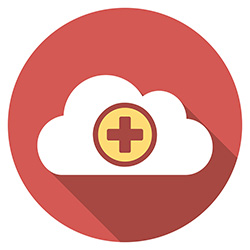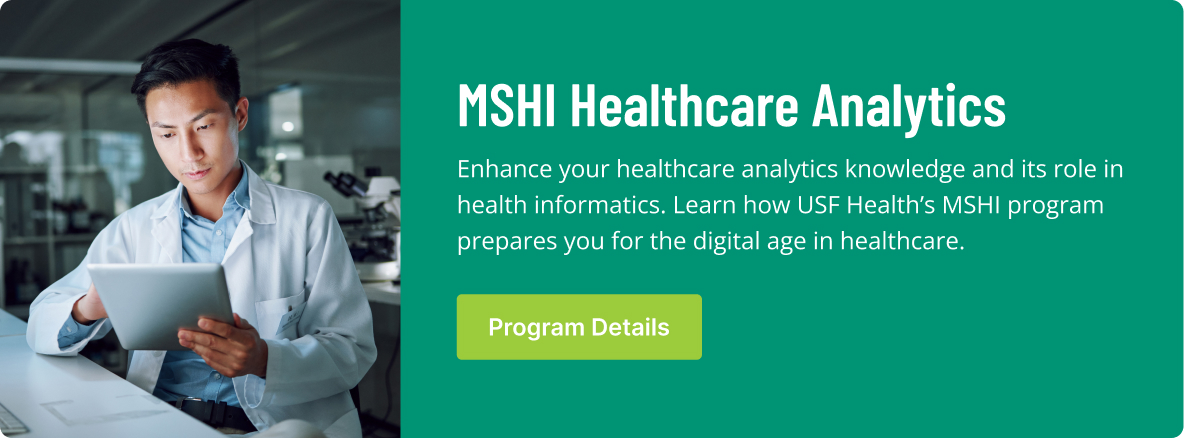The changing landscape of healthcare is creating a huge demand for health data analytics. According to a recent Research and Markets report, health data analytics is poised to grow into a $34.27 billion industry by the end of 2022.
Health data analytics, also known as clinical data analytics, involves the extrapolation of actionable insights from sets of patient data, typically collected from electronic health records (EHRs).
The growing need is spurred by the recent major challenge of population health management (PHM), widely seen as the most effective approach to improving healthcare delivery among diverse groups of people while lowering costs to providers. Posing difficulties to PHM and the data mining involved is an ever-expanding patient base, compounded by the addition of new patients under the Affordable Care Act and the shift toward new payment models that it requires.
Traditional claims-based analytics alone can no longer address the problems that arise from too few resources and too many patients, and with the sheer amount of clinical data available in EHRs, it is understandable why this methodology is so hotly desired.
Clinical data analytics follows a framework called the Healthcare Analytics Adoption Model, which was developed by a cross-industry group as a guide to classifying groups of analytics capabilities and providing systematic sequencing for adopting them. It provides a structure for evaluating the industry’s adoption of analytics, a roadmap for organizations to measure their own progress toward analytic adoption and a process for evaluating vendor products.
The Healthcare Analytics Adoption Model describes eight progressive levels organizations can attain:
- Level 0: Fragmented Point Solutions
- Level 1: Enterprise Data Warehouse
- Level 2: Standardized Vocabulary and Patient Registries
- Level 3: Automated Internal Reporting
- Level 4: Automated External Reporting
- Level 5: Waste and Care Variability Reduction
- Level 6: PHM and Suggestive Analytics
- Level 7: Clinical Risk Intervention and Predictive Analytics
- Level 8: Personalized Medicine and Prescriptive Analytics
Once an organization establishes effective analytics—usually a mix of clinical data and claims-based analytics currently—they can be used to forward the objectives of PHM.
The overarching goals of PHM are to discover what works in a healthcare system and what needs to be changed. Using in-depth analysis to accomplish this affords widespread benefits to patients, providers, insurance companies, policymakers and employers.
PHM seeks to deliver positive health outcomes to groups of individuals, elevating medicine to a societal curative by reducing inequities in vulnerable populations and studying such considerations as resource distribution, social structure and environment.
While individual medical organizations cannot address each of these factors on their own, those engaged in PHM can help manage personal behaviors in a measured, systematic way. They can also collaborate with other resources, such as schools, local organizations and public health agencies.
As organizations see both the health and financial benefits of PHM, there will likely be continued proliferation of clinical data analytical adoption because of the potential it brings for adding value to the purchase of health services while also increasing accountability.




